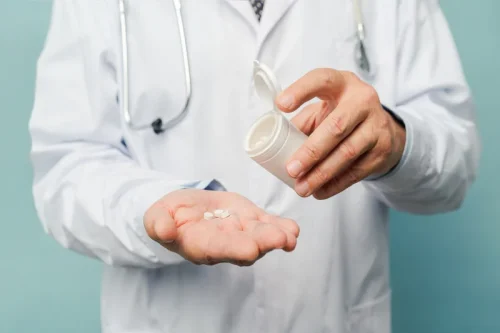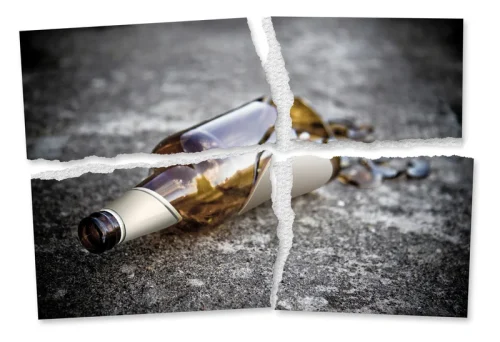Know the Negative Effects and Risks of Marijuana Use

Addiction to marijuana is most commonly diagnosed during adolescence or young adulthood. However, recent trends toward greater societal acceptance of marijuana use and increased availability of both recreational and medical forms of the drug may increase the addiction rate in older adults. As with other types of drug addiction, there are behavioral and physical signs that can signal marijuana addiction (known medically as cannabis use disorder). Many people consider marijuana use to be relatively harmless, because they believe that it isn’t addictive, and because the drug can be beneficial when used for a medically prescribed purpose. Studies have shown, however, that chronic use of marijuana can be dangerous, leading to dependence, tolerance, and addiction.
Other Health Effects?
Fortunately, there are many types of treatment for cannabis use disorder. For instance, marijuana confiscated by law enforcement today contains an average of 15% THC compared to less than 4% in marijuana confiscated in the 1990s. Researchers are investigating marijuana addiction if higher potency is the reason for an increase in emergency department visits by people testing positive for marijuana. Even if not physically or chemically dependent on marijuana, some people will develop a psychological dependence upon the drug.
- Although these findings support the idea of marijuana as a “gateway drug,” the majority of people who use marijuana don’t go on to use other “harder” drugs.
- There may be variations in treatment that your pediatrician may recommend based on individual facts and circumstances.
- The relatively low rate of marijuana addiction has caused some advocates to claim that the drug is not addictive.
- Growing evidence suggests that methadone is as safe and effective as buprenorphine for patients who use fentanyl.
- A Rocky Mountain High Intensity Drug Trafficking Area report noted that 66% of Colorado communities have banned marijuana sales in their municipalities.
- Fortunately, many non-addictive pharmacologic options exist for anxiety, as well as non-drug treatments, such as cognitive-behavioral therapy (CBT).
Mental Health
The new law allows adults 21 and over to buy and possess up to 2.5 ounces of cannabis and to grow up to six plants per individual or 12 plants per household at home. Still, he said it’s critical that the CIA focuses on finding out whether any of the illicit money is being used to undermine the U.S. “There https://ecosoberhouse.com/ is so much control by China over criminal organizations that to me it defies belief to think that the Chinese government is not involved,” she added. The retired DEA agents said the turn away from marijuana prosecutions deprived them of a crucial tool in degrading the Chinese criminal networks.
Find Support
In these cases, you may need to consider reevaluating some of your relationships and places where you spend your time. Creating a new routine can also be helpful when you are quitting a substance such as marijuana. Keeping a routine during stressful times can be important for your mental well-being, but sticking to old habits (those that featured regular drug use) can make recovery much more difficult. When you are trying to stop smoking marijuana, it is essential to get rid of any marijuana-related paraphernalia in your home. Getting rid of the drug itself is crucial, but you should also eliminate any pipes, bowls, bongs, vapes, and related products. To quit smoking marijuana, you need to choose an approach that works for you.

Marijuana use is often portrayed as harmless, but the truth is that marijuana can be an addictive drug, especially for teens, that can cause serious risks and consequences. It can also help you feel better and more energized as you cope with symptoms of withdrawal. The American Society of Addiction Medicine (ASAM) generally favors a gradual tapering approach to help minimize severe withdrawal symptoms.
There are a variety of treatments available, and if one doesn’t work, another one may be better for you. Motivational incentives are part of CM, since it uses operant conditioning on positive behaviors you want to increase. The incentives are most effective when there are plenty of opportunities to get reinforcement.

The THC level usually peaks in about 30 minutes, and its effects may wear off in 1-3 hours. If you drink or eat pot, it may take many hours for you to fully sober up. You may not always know how potent your recreational marijuana might be.

The drug of choice
Cannabis dependence is much more common than dependence on other drugs due to the sheer number of people who use marijuana. The first step to overcoming marijuana addiction is to recognize that you have a problem and need help. Recognizing the signs of marijuana addiction can help you determine the severity of your problem. One study involving 308 subjects also found that online interventions that include chat counseling can also be helpful for people with cannabis use disorder, especially when used by those who don’t traditionally use outpatient treatment options.









